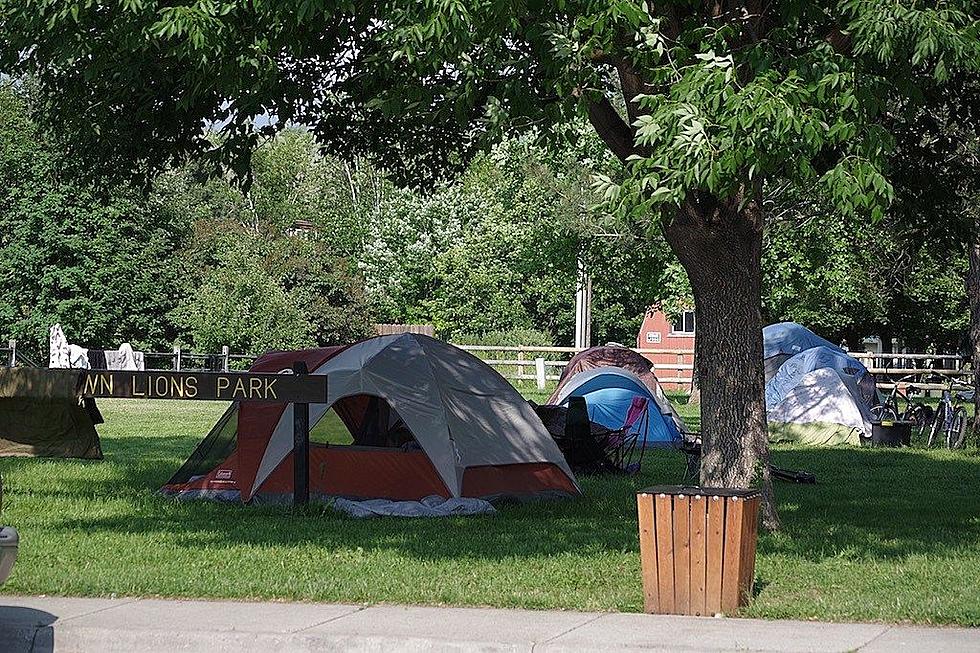
Montana Might Avoid Dangerous Fire Season, If You Help
Mother Nature has done her part. Now it's up to us to help prevent a dangerous fire season in Montana.
At least the weather in recent weeks is giving us a shot at making a difference in what is shaping up to be a "normal" fire season. For a while this spring, fire forecasters were quite concerned about the dry winter and lack of the "mid-level" snowpack that can keep the forests moist in the elevations where many big fires happen.
The trick will be whether below-normal precipitation so far in June could accelerate a dry-out.
RELATED: Montana Fire Danger Climbing

The most important fire forecast of the year
The June 1st outlook from the Predictive Services forecasters at the National Interagency Fire Center in Boise is important because it's the outlook closest to the arriving fire season, extending through September.
For the Northern Rockies, at least the Montana side of the mountains, forecasters predict the "significant wildfire potential" to be "normal" through June and July. And most of the region should remain at a "normal" risk of big blazes through August and September.
"Snowpack was well below normal for most of the winter across the Northern Rockies. However, with recent storms, snowpack has increased at most high elevations over the last month, and at some stations has even increased to above normal for late spring (but not exceeding normal annual snowpack peak)." - Predictive Services
The forecasters say the region is still experiencing some long-term drought impacts. There's "extreme drought" in the higher elevations of Glacier National Park.
Idaho could burn
The forecasters say there was less rain, and snow, this spring in Idaho. So areas like the Clearwater Basin, and the southern reaches of the Idaho Panhandle, will see an "above normal" risk of fires in August and September, and the same in the Northern Panhandle in September. That could create smoke impacts for Western Montana valleys.
Doing our part
Montana DNRC says as many as 75% of wildfires are human-caused. So even with a "normal" fire season, the potential remains high for people starting fires. Big problems are people not extinguishing campfires until they are "dead out", or leaving them unattended, or parking vehicles with hot exhaust systems in dry grass or brush. DNRC and local fire agencies ask that you review and follow warnings.
The Bitterroot National Forest became the latest agency to raise its fire danger to "moderate" this week.
Weather could be a factor this year
One wild card this summer could be the transition to the "La Niña" ocean current. Forecasters with the National Weather Service have said that could increase the flow of moisture later in the summer. But storms could also raise the risk of lightning-caused fires.
Looking Back at One of Montana's Most Explosive Fires
Gallery Credit: Dennis Bragg
More From Newstalk KGVO 1290 AM & 98.3 FM









